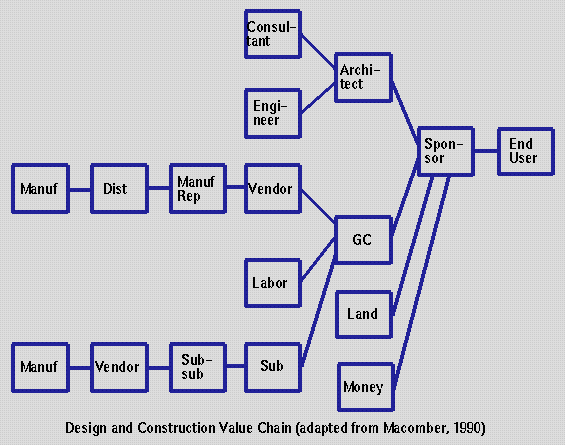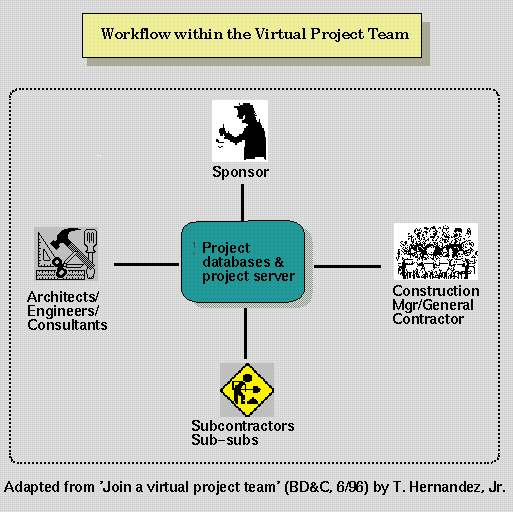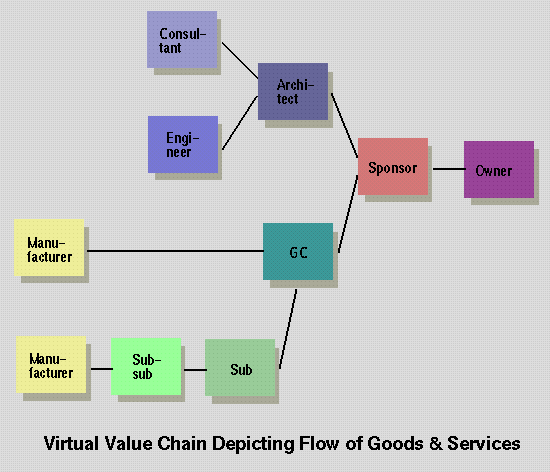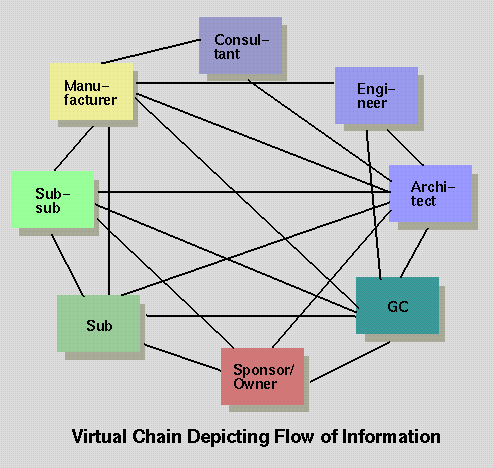IMPACT OF THE INTERNET ON THE CONSTRUCTION INDUSTRY






In this article, he proposes that:

In addition to the Internet tools described above, the World Wide Web can also serve as a powerful tool for the Construction industry by building and supporting the following:
See examples of these sites by following this link.
While these websites may not be sufficient to develop robust communities, they help build the foundation for this.
Examples of construction-specific vendor directories are provided by this link.
This link offers examples of such tools along with actual case studies.



The establishment of a shared space which was made feasible by the Internet allows information to be broadcast to several team members at a time. Web-enabled document management and groupware tools foster collaboration and help establish and strenghten links between project participants.